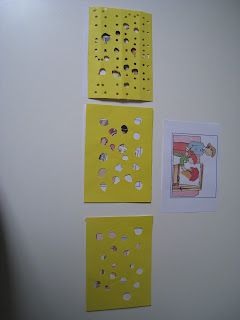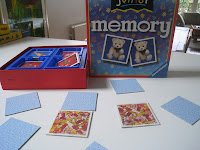Automobiles / Cars / Auto Parts
Food and Related Products
Accounting and Auditing
Employment & Work
Mining and Drilling
Clothes & Shoes
Alternative treatment
Construction and Maintenance
Business Services
Personal Finance
Reproductive Health
Retail Trade
Instruments and Supplies
Holidays / Vacations
Coupons / Discounts
Credit and Collection
Outdoor Activities
Public Health and Safety
Web Development & Web Design
Make Money Online / Website Monetization
Materials Human Resources
Fitness and Body Spirit
Food and Related Products
Accounting and Auditing
Employment & Work
Mining and Drilling
Clothes & Shoes
Alternative treatment
Construction and Maintenance
Business Services
Personal Finance
Reproductive Health
Retail Trade
Instruments and Supplies
Holidays / Vacations
Coupons / Discounts
Credit and Collection
Outdoor Activities
Public Health and Safety
Web Development & Web Design
Make Money Online / Website Monetization
Materials Human Resources
Fitness and Body Spirit
Archives
-
▼
2010
(289)
-
▼
December
(24)
- Feliz Navidad - Frohe Weihnachten
- Survival in School
- Cierre gestáltico: fichas 9 - todo y partes
- Cierre gestáltico: fichas 5, 6, 7 y 8
- Cierre gestáltico: fichas 1, 2, 3 y 4
- Integración visual 7: el cierre gestáltico
- Round Up of 2010
- Sure Start: Success or Not?
- La bella durmiente visual
- Teachers / Safeguarding
- Integración visual 6: Relaciones visoespaciales
- Helping Children Become Thinkers
- The Children Left Behind
- Tres regalazos directos al corazón
- Integración visual 5: Discriminación visual
- EYES Update
- Integración visual 4: Diferenciación figura - fondo
- Busy Week!
- Integración visual 3: Constancia de la forma
- Los Medios de Transporte - Juego Interactivo onli...
- 3 de diciembre, Día Internacional de la Diversidad...
- Integración visual 2: Memoria visual y memoria vis...
- New DfE Research
- La integración visual 1: Coordinación visomotriz
-
▼
December
(24)


























